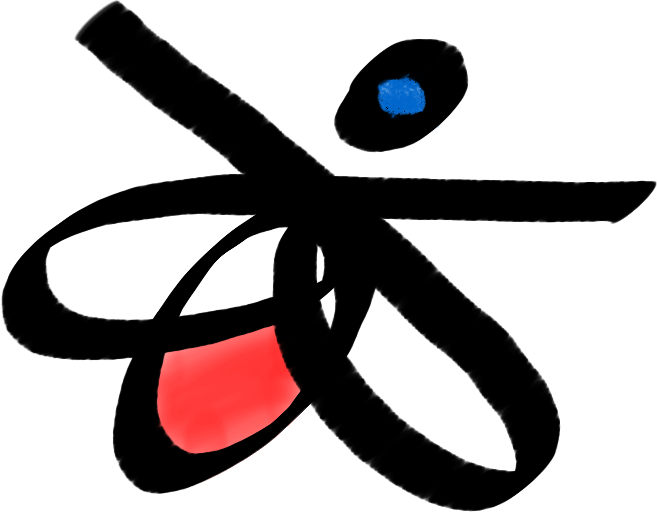Facilitation
Are you organizing and event? Or maybe a long term planning initiative?
If so, what's most important? Some might say it's the design and facilitation of the work; however, do you remember the Charlie the Tuna ads on TV long ago? Form mattered not nearly as much as substance.
It's not enough to have a good event - the value is a function of what happens afterward. At its best, it takes the form of Direction, Alignment and Commitment, known as DAC at the Center for Creative Leadership.
Over the years, I've found several principles that create sustainable results. Here are four of them:
Creativity is natural in all of us. It takes different forms and emerges under the right circumstances.
What we focus on grows. Be cautious about giving energy to deficiencies, and keep your eye on value instead.
Get everyone engaged. Keep as many voices going at once as possible, and use plenary with caution. We tend to support that which we help to create.
Work visually, and at an optimum scale. Our brains actually like complexity, and when the information is visible new connections and shared meaning are possible.
Examples of the engagements I've helped others with are below. For more information about how I can help you, just get in touch.
The Brody School of Medicine assembled 250 people from the school and the region for "Conversations for Creating the Future." Read about what happened here.
A high - performing team was losing its sense of "Look what we can do together" and devolving into "What about me?" Read about how they turned things around.
Facing a mandate for an immediate response to changes in their service area, the Provost brought together his leadership team for two days of action planning.
A university group formed by joining two previously separate offices came together for a two-day offsite to make plans for the coming year - and they were in a hurry! Take a look at what took place.
A technical team in a cancer center needed to describe how their work made its way to patients, even though they did not see the patients themselves. Read about how they did it here.
A Florida university president convened his leadership team in a performance hall to begin jointly planning the agenda for a two-day planning retreat.
An academic unit came together in the face of a major leadership transition. In two afternoons they took stories from one on one interviews and evolved them into specific actions for going forward together.












